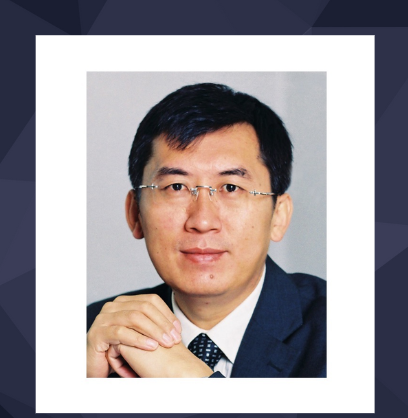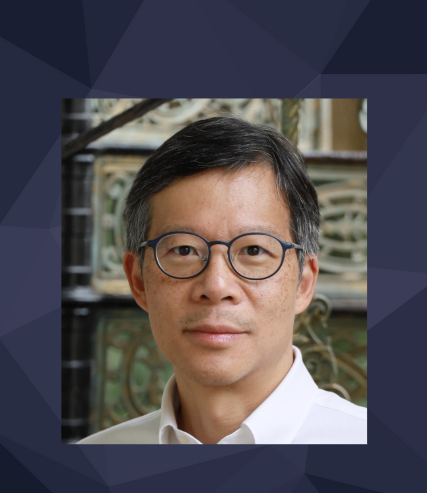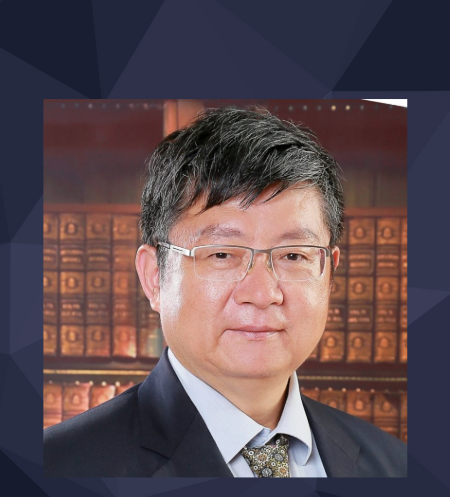Photonic platforms with multiplexing capabilities are of profound importance for high-dimensional information processing. In this talk, Professor Nicholas X. Fang will present their recent effort on advancing scalable nanoprinting methods compatible with nanophotonic computing platforms. In the first part, Professor Nicholas X. Fang will discuss an efficient and cost-effective grayscale stencil lithography method to achieve material deposition with spatial thickness variation, for spatially resolved amplitude and phase modulation suitable for flat optics and metasurfaces. The design of stencil shadow masks and deposition strategy offers arbitrarily 2D thickness patterning with low surface roughness. The method is applied to fabricate multispectral reflective filter arrays based on lossy Fabry–Perot-type optical stacks with dielectric layers of variable thickness, which generate a wide color spectrum with high customizability. Grayscale stencil lithography offers a feasible and efficient solution to overcome the thickness-step and material limitations in fabricating spatially thickness-varying structures. In the second part, they show that selective ion doping of oxide electrolyte with electronegative metals shows promise to reproducible resistive switching that are critical for reliable hardware neuromorphic circuits. Based on density functional theory calculations, the underlying mechanism is hypothesized to be the ease of creating oxygen vacancies in the vicinity of electronegative dopants due to the capture of the associated electrons by dopant midgap states and the weakening of Al-O bonds. These oxygen vacancies and vacancy clusters also bind significantly to the dopant, thereby serving as preferential sites and building blocks in the formation of conducting paths. They validate this theory experimentally by implanting different dopants over a range of electronegativities in devices made of multiple alternating layers of alumina and WN and find superior repeatability and yield with highly electronegative metals, Au, Pt, and Pd. These devices also exhibit a gradual SET transition, enabling multibit switching that is desirable for analog computing.










